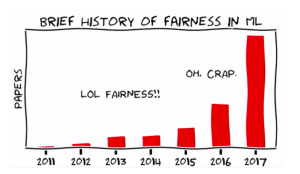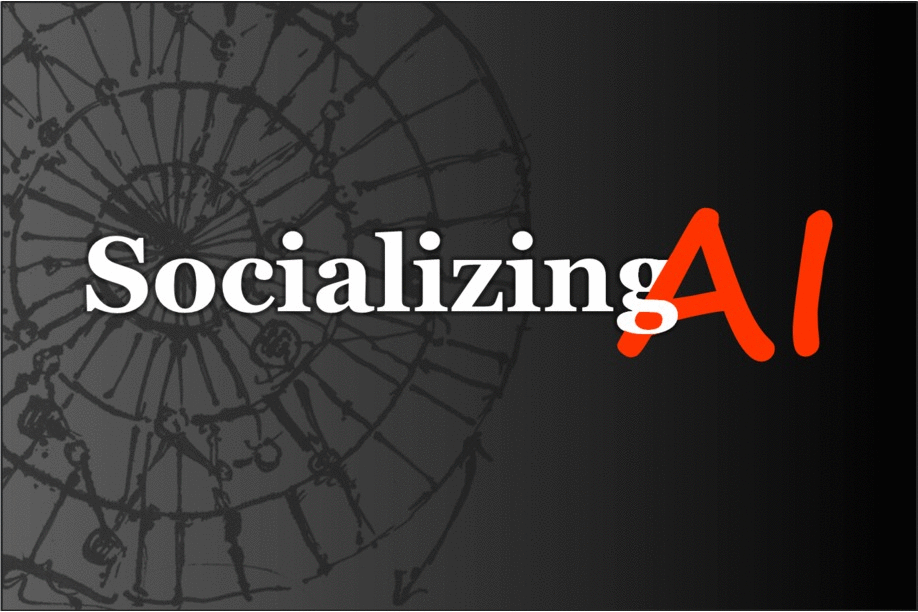 This article attempts to bring our readers to Kate’s brilliant Keynote speech at NIPS 2017. It talks about different forms of bias in Machine Learning systems and the ways to tackle such problems.
This article attempts to bring our readers to Kate’s brilliant Keynote speech at NIPS 2017. It talks about different forms of bias in Machine Learning systems and the ways to tackle such problems.
The rise of Machine Learning is every bit as far reaching as the rise of computing itself.
A vast new ecosystem of techniques and infrastructure are emerging in the field of machine learning and we are just beginning to learn their full capabilities. But with the exciting things that people can do, there are some really concerning problems arising.
Forms of bias, stereotyping and unfair determination are being found in machine vision systems, object recognition models, and in natural language processing and word embeddings. High profile news stories about bias have been on the rise, from women being less likely to be shown high paying jobs to gender bias and object recognition datasets like MS COCO, to racial disparities in education AI systems.
What is bias?
Bias is a skew that produces a type of harm.
Where does bias come from?
Commonly from Training data. It can be incomplete, biased or otherwise skewed. It can draw from non-representative samples that are wholly defined before use. Sometimes it is not obvious because it was constructed in a non-transparent way. In addition to human labeling, other ways that human biases and cultural assumptions can creep in ending up in exclusion or overrepresentation of subpopulation. Case in point: stop-and-frisk program data used as training data by an ML system. This dataset was biased due to systemic racial discrimination in policing.
Harms of allocation
Majority of the literature understand bias as harms of allocation. Allocative harm is when a system allocates or withholds certain groups, an opportunity or resource. It is an economically oriented view primarily. Eg: who gets a mortgage, loan etc.
Allocation is immediate, it is a time-bound moment of decision making. It is readily quantifiable. In other words, it raises questions of fairness and justice in discrete and specific transactions.
Harms of representation
It gets tricky when it comes to systems that represent society but don’t allocate resources. These are representational harms. When systems reinforce the subordination of certain groups along the lines of identity like race, class, gender etc.
It is a long-term process that affects attitudes and beliefs. It is harder to formalize and track. It is a diffused depiction of humans and society. It is at the root of all of the other forms of allocative harm.
What can we do to tackle these problems?
- Start working on fairness forensics
- Test our systems: eg: build pre-release trials to see how a system is working across different populations
- How do we track the life cycle of a training dataset to know who built it and what the demographics skews might be in that dataset
- Start taking interdisciplinarity seriously
- Working with people who are not in our field but have deep expertise in other areas Eg: FATE (Fairness Accountability Transparency Ethics) group at Microsoft Research
- Build spaces for collaboration like the AI now institute.
- Think harder on the ethics of classification
The ultimate question for fairness in machine learning is this.
Who is going to benefit from the system we are building? And who might be harmed?
Source: Datahub
Kate Crawford is a Principal Researcher at Microsoft Research and a Distinguished Research Professor at New York University. She has spent the last decade studying the social implications of data systems, machine learning, and artificial intelligence. Her recent publications address data bias and fairness, and social impacts of artificial intelligence among others.
